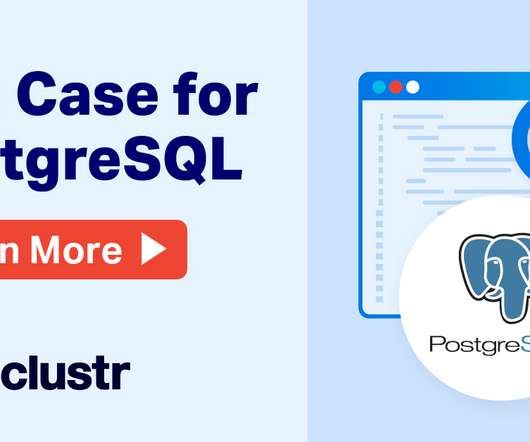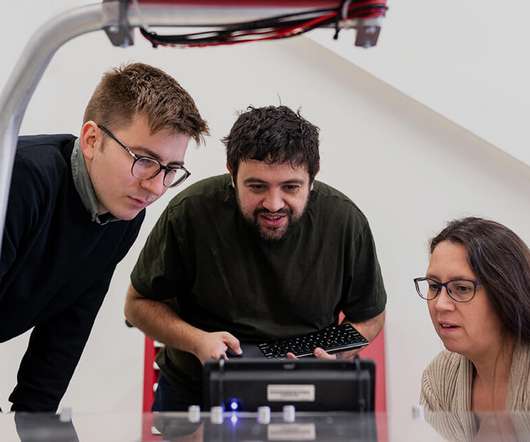AoAD2 Practice: Evolutionary System Architecture
James Shore
MAY 31, 2021
Evolutionary System Architecture. What about your system architecture? By system architecture, I mean all the components that make up your deployed system. When you do, you get evolutionary system architecture. This is a decidedly unfashionable approach to system architecture.
















Let's personalize your content